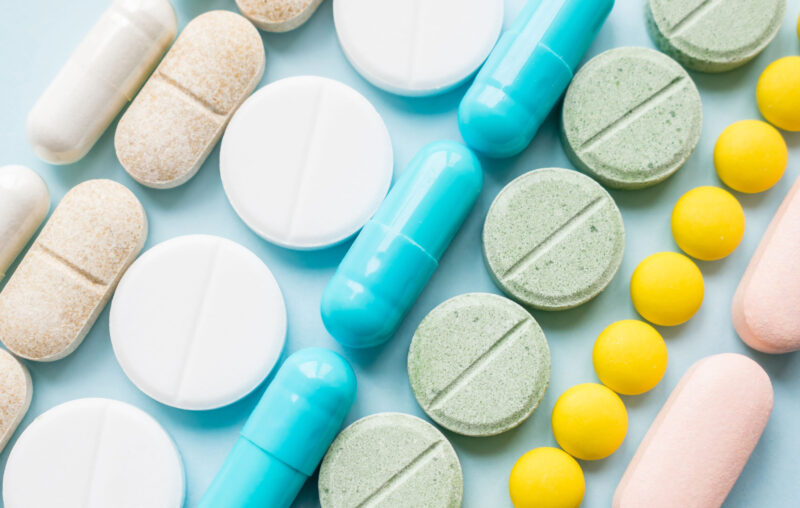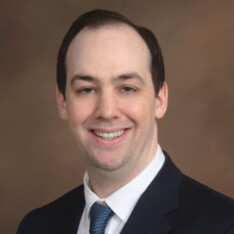

Senator Bernie Sanders isn’t proper about a lot, however he’s about one factor: America pays an excessive amount of for prescribed drugs. In reality, because the Senator just lately identified, Individuals typically spend two to 4 occasions extra for his or her prescriptions than every other nation within the developed world, and generally pay as a lot as ten occasions extra.
The worldwide comparisons aren’t fully honest, as some nations impose worth controls however aren’t punished with the extent of innovation loss that will be anticipated in consequence (due to their capacity to free experience on excessive spending within the U.S. market). That mentioned, there are additionally many dangerous US authorities insurance policies placing upward stress on home drug costs.
Credit standing company Fitch Scores just lately launched a report affirming that, as a result of dangerous coverage, the drug worth downside is poised to worsen. The company forecasted that insurers will quickly have to “incorporate…rising pressures into their value projections when establishing premium pricing within the coming years,” which is able to improve Individuals’ premiums and nearly actually result in a brand new spherical of political handwringing on the affordability of well being protection.
Some members of Congress are pointing fingers at inflation for the dramatic value will increase imposed by drug producers. That’s actually a part of it, however with Well being and Human Providers discovering that over 1,200 of the drug worth will increase from July 2021-2022 exceeded the inflation price, it actually doesn’t clarify all of it. The issue runs a lot deeper.
The basic difficulty is that there isn’t a free market within the drug {industry}. It’s been steadily eroded by regulators and lawmakers, typically on the behest and to the good thing about drug producers, ensuing of their capacity to cost costs properly over what a aggressive market would enable.
We’re seeing this at this time with members of Congress pushing to extend regulation of Pharmacy Profit Managers (PBMs), the teams that insurers, governments, and unions use to safe bulk pricing reductions and negotiate down drug prices. Former leaders of the President’s Council of Financial Advisers, the Authorities Accountability Workplace, and the Congressional Funds Workplace have all produced or cited research displaying that PBMs save drug customers appreciable sums, which makes the congressional push all of the extra vexing.
A lot of the blame for a scarcity of market competitors will also be attributed to a U.S. patent system that’s too simply gamed and exploited by drug firms.
Patents are supposed to encourage innovation by guaranteeing an satisfactory return on product improvement and analysis bills. That is achieved by suppressing competitors for a time. Since competitors can be an necessary device for preserving costs down, the framework should be rigorously balanced. In the case of prescription drugs, the patent system is basically out of whack.
As healthcare analyst Shawn Gremminger explains, “when their medicine’ patents and market-exclusivity intervals expire, drug firms as an alternative dedicate huge vitality to sustaining their monopolies by any variety of anti-competitive schemes, together with ‘patent thickets’ (holding dozens of patents on a single product, thereby deterring competitors), ‘patent evergreening’ (making minor adjustments to formulations, supply mechanisms, and so forth. to stave off competitors), ‘product hopping’ (forcing sufferers to change to ‘new’ formulations of older merchandise with new patents earlier than a generic producer can introduce a competitor to the older product), and ‘pay for delay’ schemes (model identify drug makers paying generic producers to not introduce a competing product).”
A report from the Initiative for Medicines, Entry, and Information (I-MAK) discovered that drug firms have 74 patents apiece on America’s ten best-selling medicine—receiving over half of them after FDA approval. This doesn’t seem to be a system that has rigorously balanced the competing targets of innovation and competitors, however slightly one which has fallen sufferer to regulatory seize and prioritizes the pursuits of drug producers over customers.
Contemplate the patent for Humira, an arthritis drug utilized by tens of 1000’s of Individuals, that was set to run out in 2016. On the time it value $50,000 per 12 months, however after the producer proceeded to take out 311 extra patents and had over half of them granted, it inflated the drug’s value to $80,000—a 60 % improve.
The Structure offers Congress energy to implement exclusivity to “promote the progress of science” for “restricted occasions.” For all the historical past of patent legislation, “restricted occasions” has been 20 years or much less. Sadly, regulatory companies have allowed the clear legislative intent to restrict patent phrases to be gamed and exploited, turning a course of meant to stimulate competitors and market ingenuity into one which’s crushing each.
Because the Republican-controlled Home of Representatives investigates the reason for America’s excessive drug costs, we are able to solely hope that lawmakers aren’t sidetracked by an industry-produced smoke display screen intent on distracting from our damaged regulatory and patent system.
